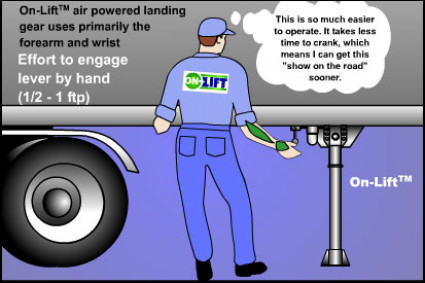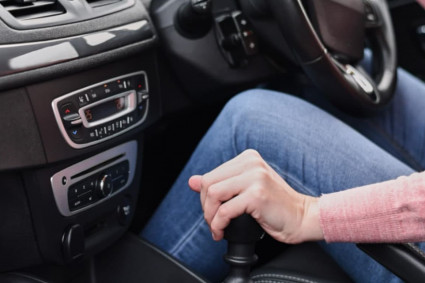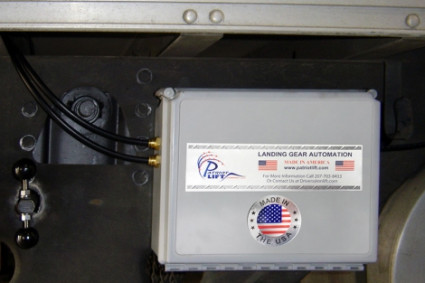
Golf carts have become a popular mode of transportation in various settings beyond the golf course, such as residential communities, resorts, and recreational areas. However, it is essential to understand the legal aspects surrounding driving a golf cart to ensure compliance with local laws and regulations.
Here, we will delve into the legal considerations of operating a golf cart to help golf cart drivers stay on the right side of the law and promote safety and responsible usage.
1. Licensing Requirements
The licensing requirements for driving a golf cart vary from jurisdiction to jurisdiction. A valid driver's license is unnecessary to operate a golf cart in many places, as they are typically classified as low-speed vehicles. However, it is essential to check the specific laws in your area to determine whether a license is required.
2. Age Restrictions
Age restrictions for driving a golf cart also vary depending on local regulations. While golf carts are often associated with recreational use by adults, there are instances where younger individuals are allowed to operate them. In some areas, teenagers as young as 14 or 16 may be permitted to drive a golf cart, provided they meet specific criteria, such as completing a safety course or being supervised by an adult.
3. Traffic Regulations
Although golf carts are generally considered low-speed vehicles, they are subject to specific regulations and restrictions. These regulations can vary significantly depending on the jurisdiction and the specific location where the golf cart is being operated. Here are some standard traffic regulations to consider:
Designated Areas: Golf carts are typically allowed only on designated areas such as golf courses, private property, or specially designated paths. Operating a golf cart on public roads may require additional permits or compliance with specific regulations.
Speed Limits: Most jurisdictions impose speed limits on golf carts, typically ranging from 15 to 25 miles per hour.
Yielding and Right of Way: Golf cart drivers must follow the same yielding and right-of-way rules as other vehicles. This includes giving way to pedestrians, cyclists, and other vehicles when required.
DUI Regulations: Driving a golf cart under the influence of alcohol or drugs is strictly prohibited and can lead to legal consequences like driving a motor vehicle while impaired.
Seat Belt Requirements: Some jurisdictions may require seat belts in golf carts, mainly when operating them on public roads or designated areas.
4. Liability and Insurance
Understanding liability and insurance considerations is crucial when driving a golf cart. While insurance requirements for golf carts may vary, it is recommended to have liability insurance coverage to protect against potential accidents, property damage, or injuries.
The Final Word
When driving a golf cart, understanding the legal aspects is essential, whether you own or rent one. Familiarizing yourself with licensing requirements, age restrictions, traffic regulations, and liability considerations ensures compliance with local laws and promotes safe and responsible operation. If you plan to provide a golf cart for rent, you must be aware of any specific rental company policies and local regulations that may apply.







